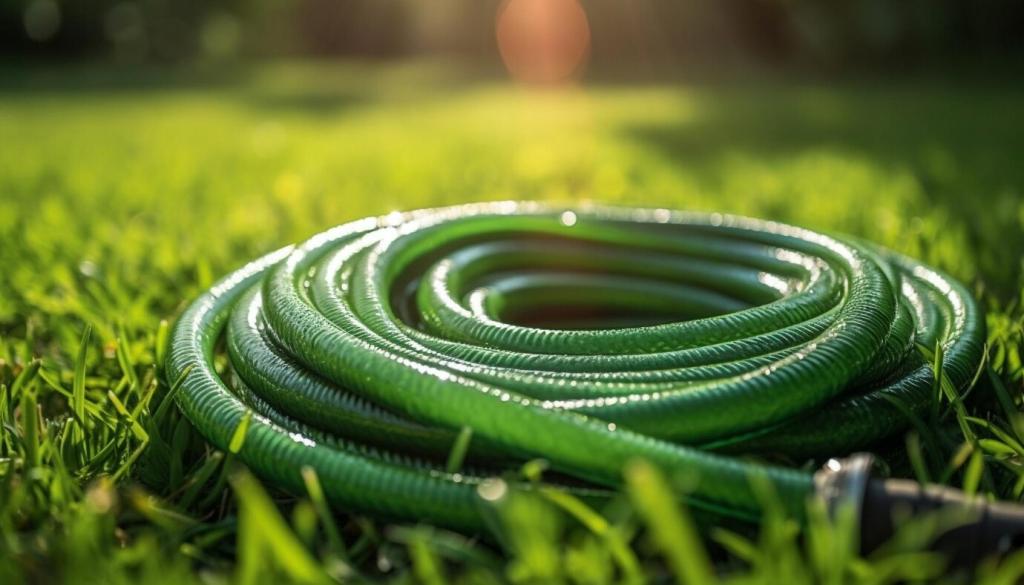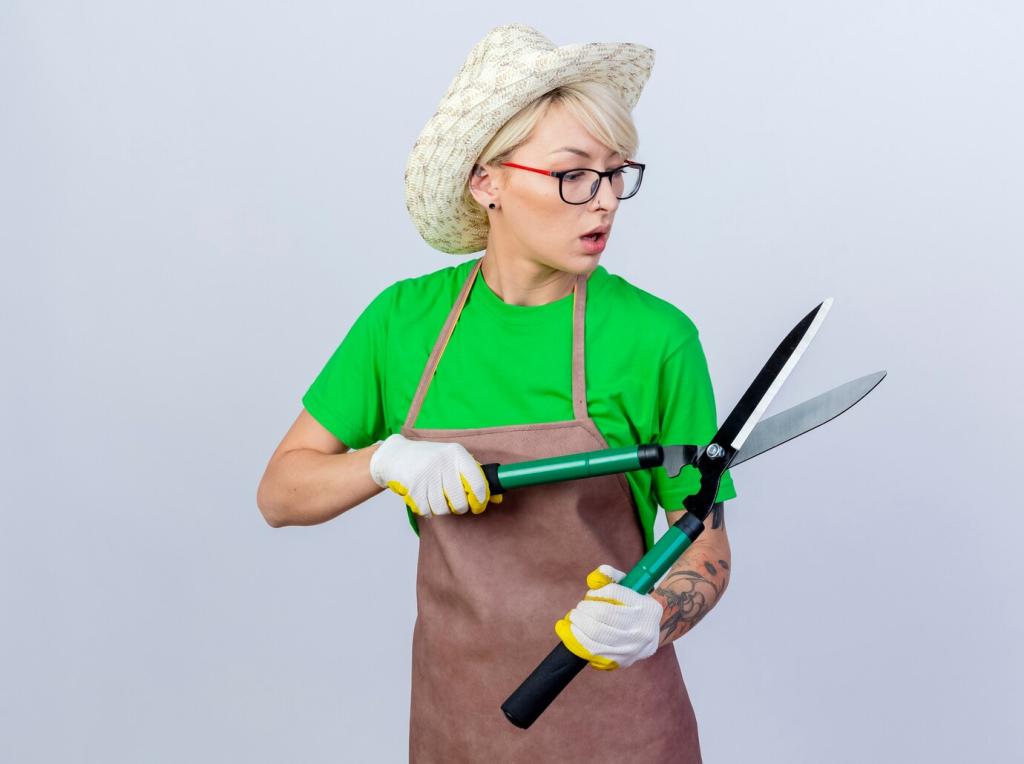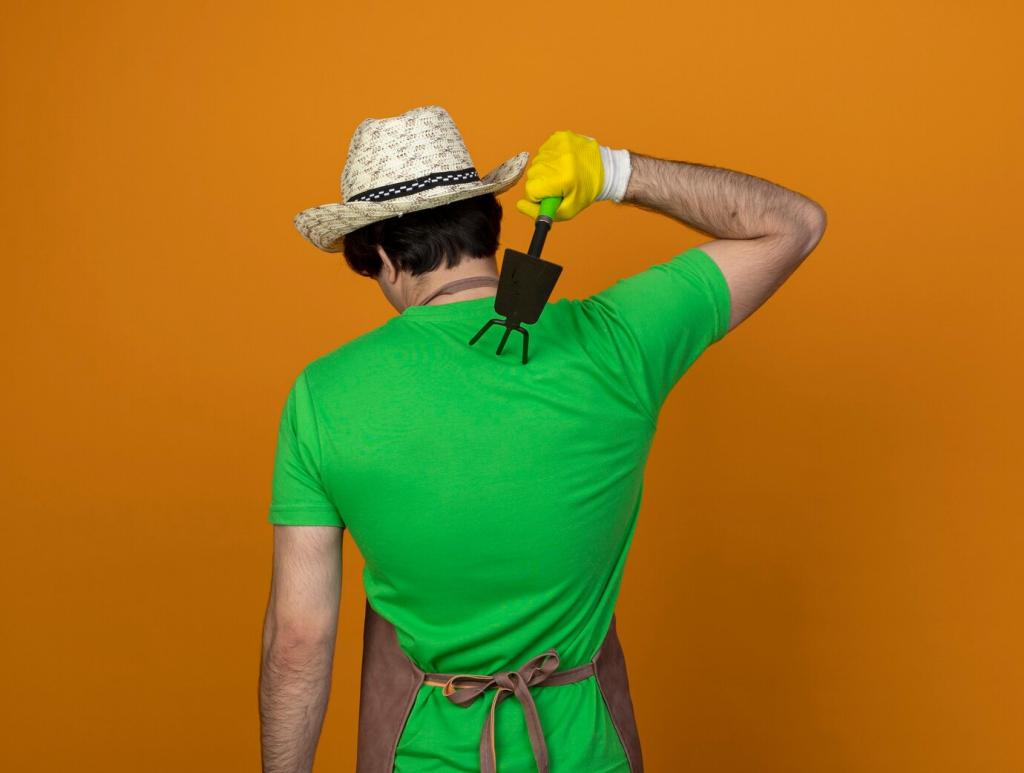A Gentle Routine That Actually Works
Dust with a soft microfiber cloth and a horsehair brush, then lightly mist a water-based cleaner onto the cloth, not the leather. Wipe, let dry, and buff. This keeps pores clear of grime so future conditioning penetrates evenly without over-saturating the surface.
A Gentle Routine That Actually Works
After cleansing, apply a pea-sized amount of a low-VOC, plant-wax balm to a small area. Work in circular motions, then buff. Properly formulated balms protect from dryness without an oily sheen or strong fragrance. Track results and adjust frequency seasonally for humidity shifts.
A Gentle Routine That Actually Works
Because leathers vary—veg-tan, chrome-tan, aniline—always test in a hidden spot. Watch for darkening, drag, or residue after twenty-four hours. If color deepens too much, dilute the conditioner on a cloth. Patience today prevents irreversible changes tomorrow, especially on pale or porous finishes.








